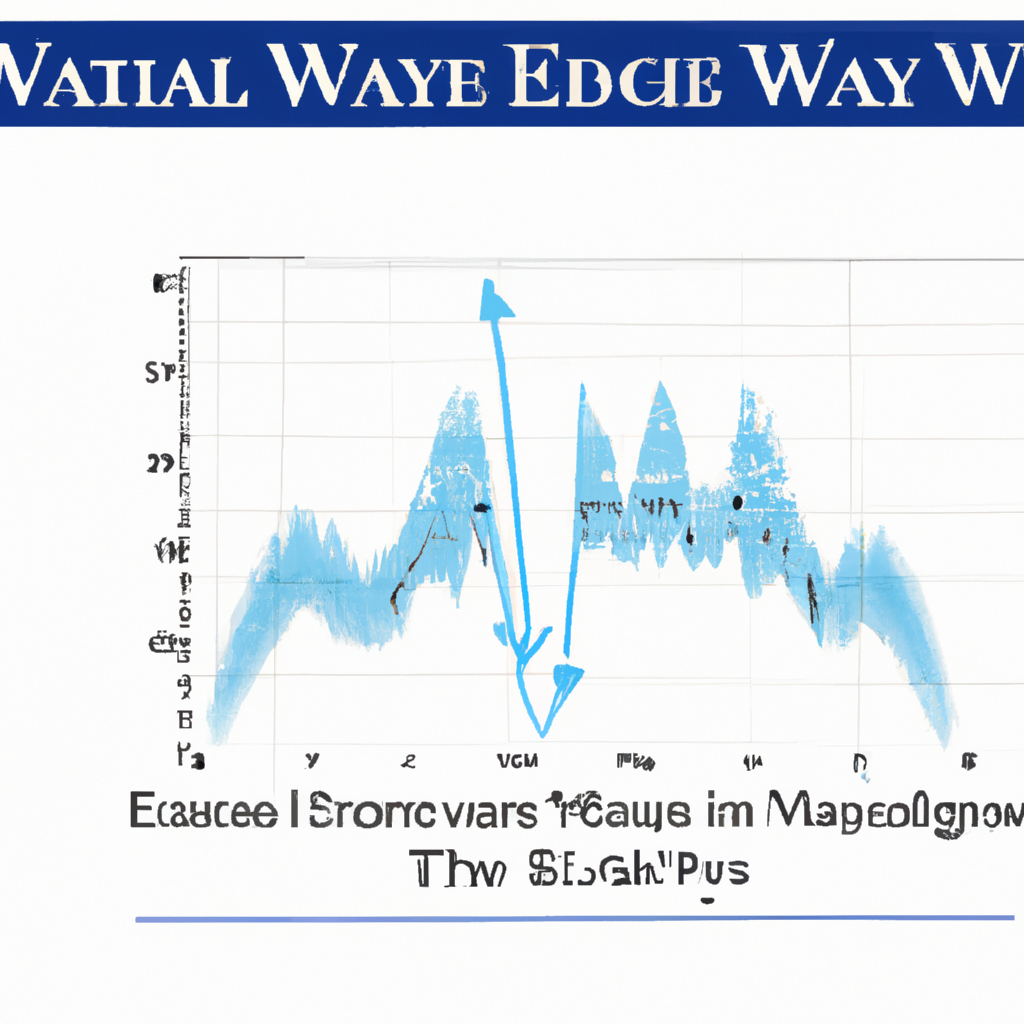Elliott Wave Analysis Methods
Introduction
Elliott Wave analysis is a popular technical analysis tool used by traders and investors to forecast future price movements in financial markets. Developed by Ralph Nelson Elliott in the 1930s, this method is based on the theory that market prices move in repetitive patterns, which can be identified and used to make informed trading decisions.
The Basics of Elliott Wave Theory
Elliott Wave theory is built upon the idea that market movements can be divided into two main phases: impulse waves and corrective waves. Impulse waves, also known as motive waves, are the primary trend moves in the direction of the overall market trend. On the other hand, corrective waves are counter-trend moves that correct the previous impulse wave.
The Five-Wave Pattern
According to Elliott, impulse waves consist of five smaller waves, labeled as 1, 2, 3, 4, and 5. Waves 1, 3, and 5 are the impulse waves, while waves 2 and 4 are the corrective waves. The impulse waves move in the direction of the primary trend, while the corrective waves move against it.
The Three-Wave Pattern
After the completion of the five-wave pattern, a three-wave correction follows. This correction is labeled as A, B, and C. Wave A is the initial retracement of the previous five-wave move, wave B is a corrective wave that retraces a portion of wave A, and wave C is the final move that completes the correction.
Using Elliott Wave Analysis
To apply Elliott Wave analysis, traders use a combination of technical indicators, chart patterns, and wave counting techniques. Here are some common steps involved in utilizing this method:
Step 1: Identify the Trend
The first step in Elliott Wave analysis is to determine the overall trend of the market. This can be done by analyzing price charts, moving averages, and trendlines.
Step 2: Identify the Impulse Waves
Once the trend is identified, traders look for the five-wave pattern that represents the impulse waves. This involves counting waves and ensuring that each wave adheres to the rules of Elliott Wave theory.
Step 3: Analyze Corrective Waves
After identifying the impulse waves, traders then analyze the corrective waves. This involves identifying the three-wave pattern and determining the potential price targets for the completion of the correction.
Step 4: Confirm with Technical Indicators
To increase the accuracy of Elliott Wave analysis, traders often use technical indicators such as moving averages, oscillators, and volume indicators. These indicators can provide additional confirmation for potential entry and exit points.
Conclusion
Elliott Wave analysis is a powerful tool that can help traders and investors predict future price movements in financial markets. By understanding the basic principles of Elliott Wave theory and following a systematic approach, traders can gain valuable insights into market trends and make more informed trading decisions. However, it is important to note that Elliott Wave analysis is not foolproof and should be used in conjunction with other technical analysis tools and risk management strategies.

